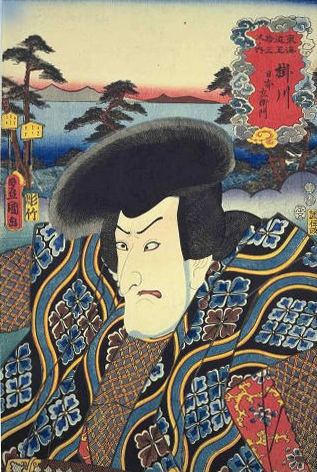China is now on the same bubble path as Japan post-1987 crash
Courtesy of Credit Writedowns
This article by Peter Tasker, a well-regarded financial analyst in Asia, comes via the Financial Times (hat tip Marshall). He sees an enormous bubble forming in China – and parallels to Japan circa 1987:
Emerging markets, it seems, have had a good crisis. In contrast to the debt-ridden G7 economies, they have quickly resumed their growth trajectory. No surprise, then, that US emerging market mutual funds are experiencing record inflows. The stellar performance of the Brics markets – Brazil, Russia, Indian and China – is due to continue into the distant future.
Such is the narrative now forming among investors. To anyone who has lived through the rise and fall of the Japanese bubble economy, it should set off alarm bells.
Remember that it was in the years following the 1987 "Black Monday" crash that Japanese assets went from being expensive to absurdly overvalued and the Nikkei’s dizzy rise to 39,000 forced the bears to throw in the towel…
But what you saw was decidedly not what you got. The crisis, far from leaving Japan unscathed, exacerbated its structural problems and laid the groundwork for a far greater disaster…
Interest rates have been far too low for far too long. If the natural interest rate is, as the Swedish economist Knut Wicksell posited, around the level of nominal GDP growth, then China’s interest rates should have been close to 10 per cent for most of this decade. Alan Greenspan, former chief of the US Federal Reserve, has been criticised for holding interest rates too low and setting off a housing and credit bubble in the US. But if US monetary policy was wrong for the US, it was even more wrong for the high-growth countries that "imported" it. The result could only be a massive misallocation of capital…
At the 2008 peak, the price-to-book ratio of the Shanghai stock exchange was over seven times, well above the five times achieved by Japanese stocks in 1989. After the turbulence of the past 18 months, the ratio has fallen to 3.3 times, still the world’s second highest after India, and residential real estate trades at multiples of income that make the US housing boom look tame…
What is scary is that the current frothiness of emerging markets, centred on China, may be only a taste of what is to come.
There is a lot more in the original article. Link below.
 Source
Source
China rushes towards a Japan-style bubble – Financial Times
See also: China: reflation play spells trouble for rest of the world, Marshall Auerback, at Credit Writedowns
Marshall Auerback here. You saw Ed’s last post on China, quoting from Peter Tasker, one of the top analysts in Japan when I lived there. I take Peter’s insights very seriously. His analysis implies something a lot more in regards to currencies, trade and credit.
China’s bank credit expansion is so great that even if nominal GDP is up five to ten percent, the credit to GDP ratio will rise by about thirty percentage points. It took Japan ten years to take it up by fifty or sixty percentage points, and it has already been high in China before this credit boom. How high, no one knows because there is no good data on debt outside the banking system. But there is such debt. The debts of households and firms outside the banking system could be thirty percent of GDP. The total ratio now could be 185%. This is the same as Japan at the peak and close to the US now.
This could keep China going for quite some time, but the consequences for Japan could be disastrous. Indeed, for most of Asia, which could precipitate another crisis for them down the road. More here. >>



